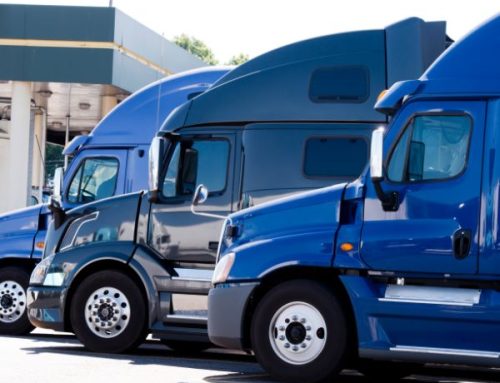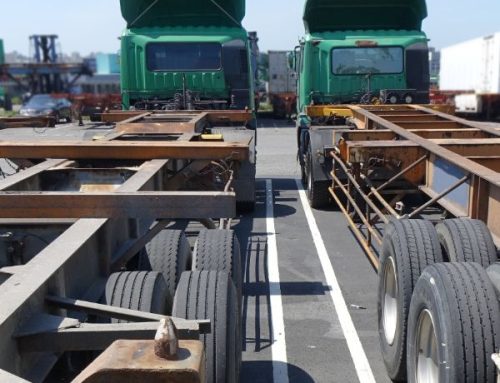The need for sustainable business will only grow in the coming decades. This is especially true in California, which has set an ambitious climate agenda. State law requires all drayage trucks, a special class of truck that uses container chassis to transport intermodal containers between ports and other facilities, to be zero-emission by 2035. To meet these goals while continuing to drive economic growth, Southern California ports are turning to electric solutions.
New Electric Expansion Initiatives
On December 7th, 2022, transport startup Forum Mobility took a major step forward in leading this initiative. The company, along with drayage specialist Hight Logistics, announced a new partnership at the Port of Long Beach to make way for electric fleet investments. Forum is a leading provider of depots and heavy-duty electric trucks and plans to supply Hight, a transload and container service operator, with five vehicles, along with the requisite fast-charging systems they need to operate.
The new partnership is just one of several electric expansion initiatives underway in Southern California ports. Last month, the Port of Long Beach unveiled a new charging station designated for the exclusive – and free – use of heavy-duty trucks in either Long Beach or Los Angeles.
Another program, which is a joint initiative between the City of Long Beach and charge-management service provider EV Connect, will reduce emissions even further. The two are working together to implement charging stations throughout the Clean Truck Program Terminal Access Center.
California’s Long-Term Climate Investments
This is in addition to California’s unprecedented investments in climate initiatives over the past two budget cycles, spearheaded by Governor Gavin Newsom. The state has allocated a total of $10 billion for zero-emission programs, with $3 billion specifically designated for refueling infrastructure. This money is helping to make the electric expansion in Southern California ports a reality.
The momentum generated by this funding is a strong indicator of things to come. Businesses and ports throughout the region are continuing to invest in electric fleets and charging systems, ensuring that sustainable strategies remain a priority as the State of California continues its push for zero emissions. And things are slowly but surely progressing; port officials in Long Beach report that emissions of diesel particulate matter have already been reduced by 88%, nitrogen oxides by 49% and sulfur oxides by 96% since the switch to electric trucks. These changes will also make California ports more resilient in the face of international events, like spiking gas prices or last year’s Shanghai lockdowns.
With the right investments and partnerships, there is no telling what can be accomplished in California and around the world in the next few decades.







